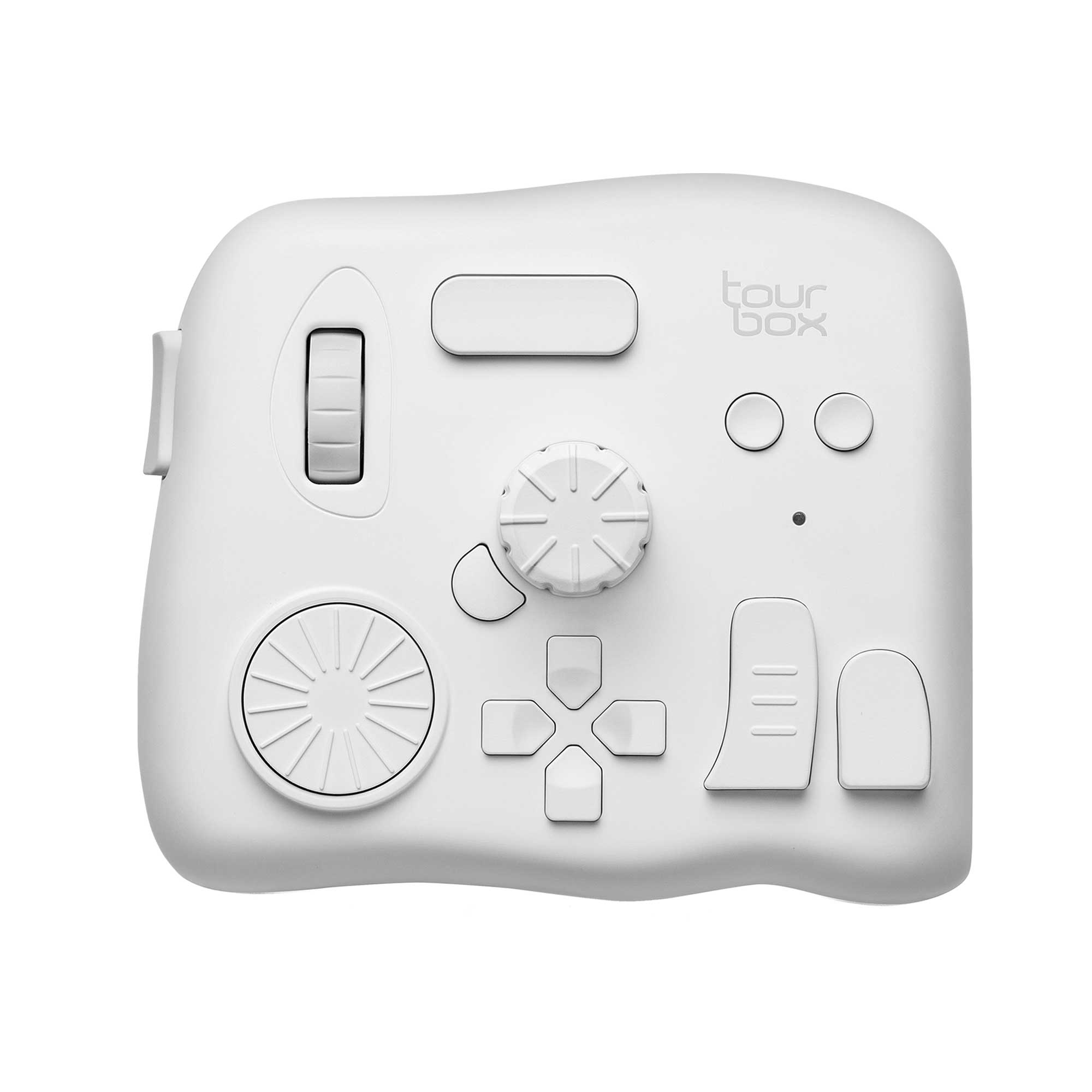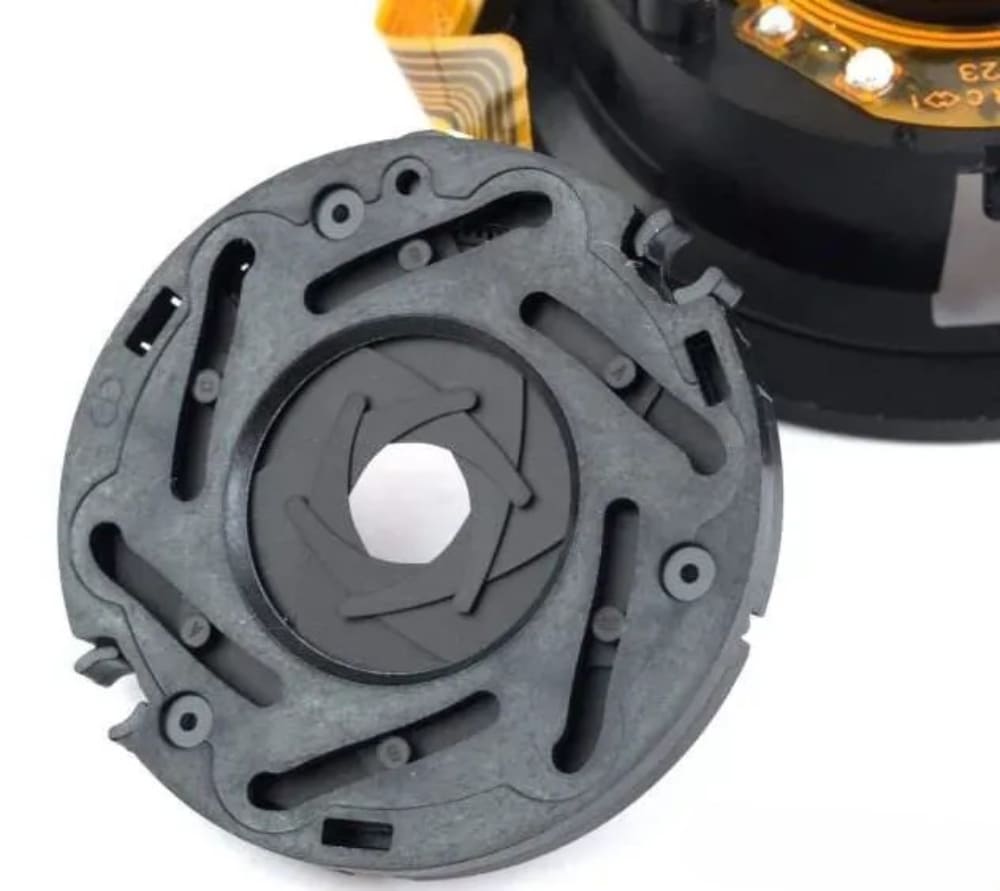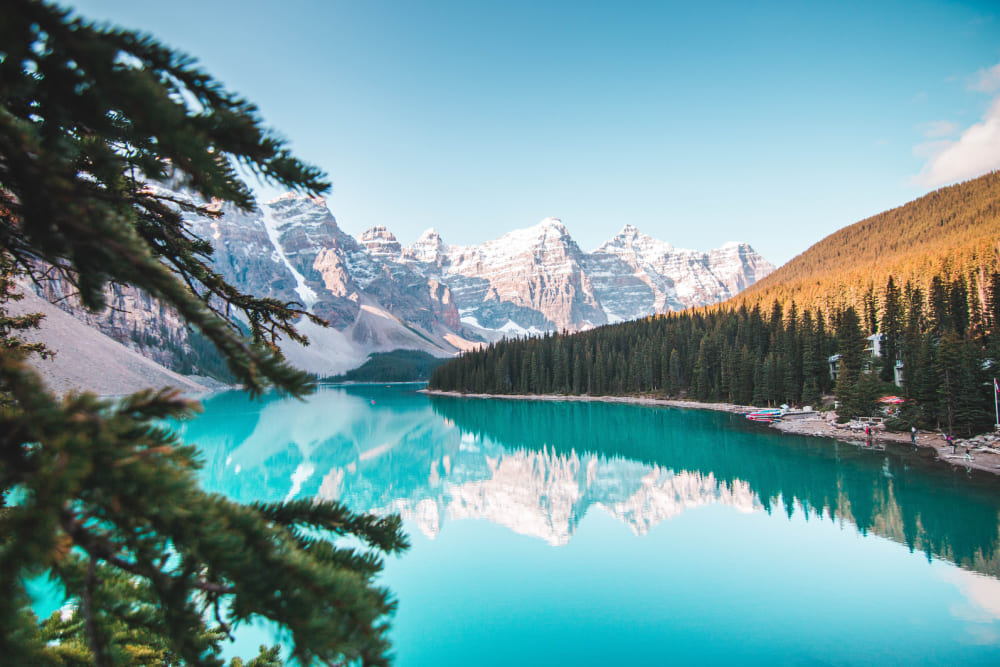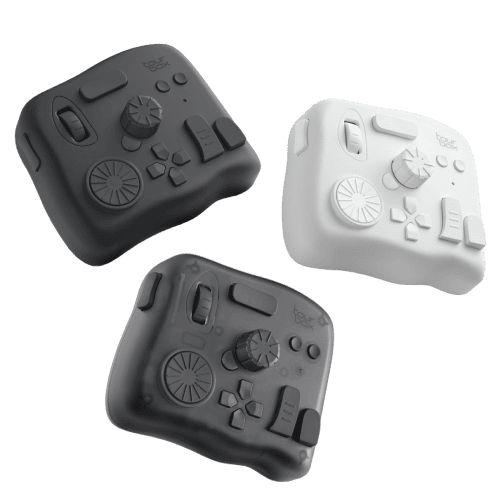Aperture in Photography: What Is It and How Does It Work?
Photography is an art form that involves using light to create stunning images out of everyday objects.
With each snap of the camera's shutter, the photographer captures a moment in time, freezing it forever in a photograph.
Many people are drawn to photography because of its ability to transform ordinary scenes into something truly extraordinary.
When starting out in photography, beginners will encounter the concept of aperture, shutter speed, ISO, and so on. However, these technical terms can be overwhelming for those who are just starting out.
Despite their complexity, mastering these concepts is not as difficult as it may seem. So, let's start by exploring the concept of aperture and how it can be used to create beautiful photographs.

In this article, you will learn:
- What Is Aperture in Photography?
- How Aperture Affects Exposure?
- How Aperture Affects Depth of Field
- Aperture Size and Imaging Quality
- What Is the Most Appropriate Aperture to Choose When Shooting?
- Streamline Your Photo Editing Adjustments
What Is Aperture in Photography?
When it comes to photography, understanding the aperture is key. At first glance, the aperture values, such as F2.8, F4, and F5.6, may seem confusing and irregular.
However, the aperture plays a crucial role in photography, and many professional photographers rely on a wide aperture to capture stunning images.
So, let's start by understanding what is aperture.
Aperture refers to the amount of light that passes through the lens and onto the light-sensitive surface of the camera body.
While it is impossible to change the diameter of the lens, it is possible to add polygons inside the lens and use a variable area of the hole-shaped grating to control the amount of light that passes through the lens.
In other words, the lens has a small hole with a series of aperture blades that control the size of the hole and, in turn, the amount of light that enters the lens.
In practice, photographers need to adjust the aperture depending on the external lighting conditions to ensure that the camera receives the right amount of light.
For instance, when using the Manual mode, photographers can keep the ISO and shutter settings constant while adjusting the aperture to achieve the desired exposure.
The size of the aperture has a significant impact on the resulting photo, with a larger aperture resulting in a brighter image and a smaller aperture resulting in a darker one.

The aperture is like the "pupil" of the camera system, which can be opened and closed to change the amount of light passing through.
How Aperture Affects Exposure?
The aperture is one of the three key elements that determine the exposure of a photograph. The other two are shutter speed and ISO. Exposure refers to the amount of light that enters the camera and hits the camera's sensor, resulting in a properly exposed photograph.
The aperture of a camera lens controls the amount of light that enters the camera. The wider the aperture (smaller F-number), the more light enters the camera, and the brighter the resulting image.
Conversely, the narrower the aperture (larger F-number), the less light enters the camera, and the darker the resulting image. This is due to the formula for calculating aperture: F value = focal length of the lens/diameter of the lens aperture.
The complete series of aperture values is as follows: F1.0, F1.4, F2.0, F2.8, F4.0, F5.6, F8.0, F11, F16, F22, F32, F44, F64. The aperture is designed to be 1.4 times the difference in value between two adjacent files (an approximation of the square root of 2, 1.414) between two adjacent files.
The brightness of the image formed on the negative is twice as large, and the time required to maintain the same exposure is twice as long.
For example, if the aperture is adjusted from F8 to F5.6, the light intake will double, and we can say that the aperture has been one level larger. F5.6 is twice as bright as F8. Similarly, F2 is 16 times the luminous flux of F8, and adjusting from F8 to F2 opens the aperture in four steps.
For consumer digital cameras, the aperture F value is often between F2.8 - F11, and many digital cameras can be adjusted in 1/3 steps when adjusting the aperture.
When using a zoom lens, the aperture changes accordingly. When adjusting the zoom ring, the aperture value becomes smaller because the focal length changes.
For example, the Canon EF-S 18-135mm f/3.5-5.6 IS lens has a maximum aperture of 3.5 at a focal length of 18, but at the telephoto end, the maximum aperture is reduced to 5.6. Therefore, when shooting, a large aperture at the wide end may result in appropriate exposure and depth of field.
Still, if the focal length is changed to the telephoto end, it may lead to underexposure.
Here is a YouTube video (made by Apalapse) that provides the best explanation of aperture.
How Aperture Affects Depth of Field
Depth of field refers to the range of distance in an image that appears to be in sharp focus. A shallow depth of field means that only a narrow range of distance in the image is in focus, while a deep depth of field means that a larger range of distance in the image is in focus.
The aperture plays a significant role in determining the depth of field in an image. The wider the aperture (smaller F-number), the shallower the depth of field, while the narrower the aperture (larger F-number), the deeper the depth of field.
Let's take an example of a portrait photograph. Suppose you want to take a portrait of a person with a blurred background to create a shallow depth-of-field effect. In that case, you would need to use a wide aperture such as F2.8, F1.8, or even lower. With a wide aperture, the subject's face will be in sharp focus while the background will be blurred, creating a beautiful bokeh effect.
Many beginner photographers prefer to use a large aperture to create a stunning effect in their photos. A large aperture can help capture images in low-light conditions, while also creating a beautiful bokeh effect in the background.
This effect is especially useful when shooting portraits, still life, and other subjects where it is important to highlight the subject.
The good news is that large aperture lenses are relatively inexpensive and easy to obtain. Canon and Nikon, as well as other mainstream SLR manufacturers, offer 50mm f/1.8 lenses that are popular among beginner photographers.
Professional portrait photographers may even opt for more expensive lenses with wider apertures, such as f/1.4 or f/1.2, to achieve even better results and experience the full charm of a large aperture.

This photograph has a thin depth of field
On the other hand, let's say you want to take a landscape photograph where everything from the foreground to the background is in sharp focus.
In this case, you would need to use a narrow aperture such as F16 or even higher. With a narrow aperture, the subject in the foreground, as well as the mountains or other elements in the background, will be in sharp focus.

Landscape photograph with sufficient depth of field
The aperture affects the depth of field by controlling the amount of light that enters the camera lens.
A wider aperture creates a shallower depth of field, while a narrower aperture creates a deeper depth of field. By understanding this relationship, you can create stunning photographs with the desired depth of field effect.
Aperture Size and Imaging Quality
Using extreme aperture settings can create unique effects in photos, but the best imaging quality is often achieved by using an aperture value in the middle range.
This is because, in physical optics, when the aperture diameter is too small, the diffraction of light can significantly impact the image quality. Similarly, when the aperture is opened too wide, the lens may produce various imaging errors due to production limitations.
For instance, if a lens has a maximum aperture of 1.4 and a minimum aperture of 16, then the best imaging effect for this lens would be at an aperture of 4 or 5.6.
Generally, it's recommended to use an aperture value that is 2 to 3 levels smaller than the maximum aperture for optimal image quality.
You can try different aperture settings with your camera, and you will notice a significant difference in the resulting image quality when you zoom in.
What Is the Most Appropriate Aperture to Choose When Shooting?
Many beginners in photography often wonder which aperture to use when taking photos. The answer is that it depends on the photographer's desired effect and atmosphere, which can be achieved by using different aperture settings.
For example, if you are taking portraits or still life photos, a large aperture with a shallow depth of field effect can create a beautiful bokeh effect, blurring the background and emphasizing the subject. This effect can also be useful when shooting in bright light conditions.
For documentary or journalistic photography, a medium aperture setting may be preferred to capture the environment and the subject's state within it, creating a sense of interrelatedness between the two.
Landscape photographers, on the other hand, often use a small aperture to achieve a large depth of field and capture a clear and detailed scene.
When photographing fast-moving objects, using a large aperture can help achieve a faster shutter speed and reduce the risk of blurry images.
There are no hard and fast rules for selecting the right aperture, and it ultimately comes down to the photographer's artistic vision and preferences.
Camera manufacturers offer a wide range of lenses to achieve different effects, and professional photographers often have their preferred and familiar lens for specific situations.
Here is a YouTube video (made by Sean Dalton) about how to choose the best aperture.
Streamline Your Photo Editing Adjustments
In addition to setting the aperture during the shoot, photographers can also adjust it during post-processing to achieve their desired effect.
This is possible due to the RAW file format that retains all the image data captured by the camera, allowing photographers to make adjustments to the exposure, contrast, color.
One of the most powerful tools for photo editing is TourBox, a versatile and intuitive controller that streamlines the editing process by allowing photographers to adjust multiple settings simultaneously with just one hand.
TourBox's ergonomic design and customizable buttons make it easy to adjust any key settings, such as exposure, saturation, and more, without having to switch between different tools or menus.

Whether you're just starting out or a seasoned pro, TourBox is the perfect tool to take your photo editing to the next level.
Whether you're a beginner or a professional photographer, there are endless possibilities when it comes to using the aperture creatively.
From creating a beautiful bokeh effect to capturing a sharp and detailed landscape, the aperture is a versatile tool that can transform your photography.
So go ahead and experiment with different aperture settings, and see how they can transform your photography. With a little practice, you'll be well on your way to mastering what aperture is and creating images that truly inspire.